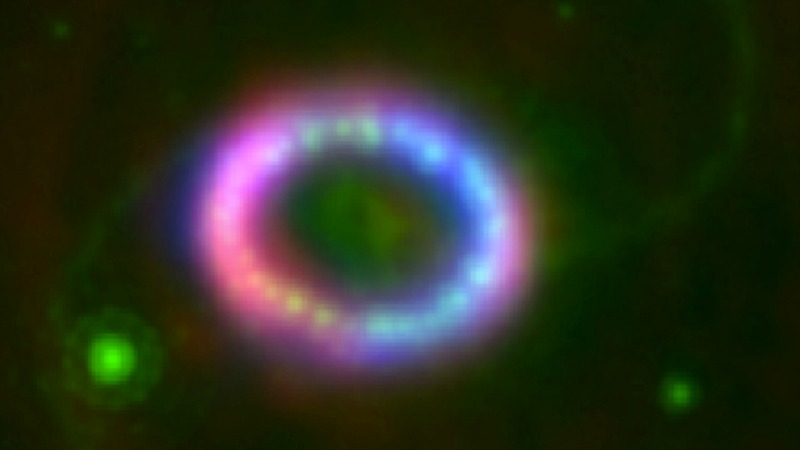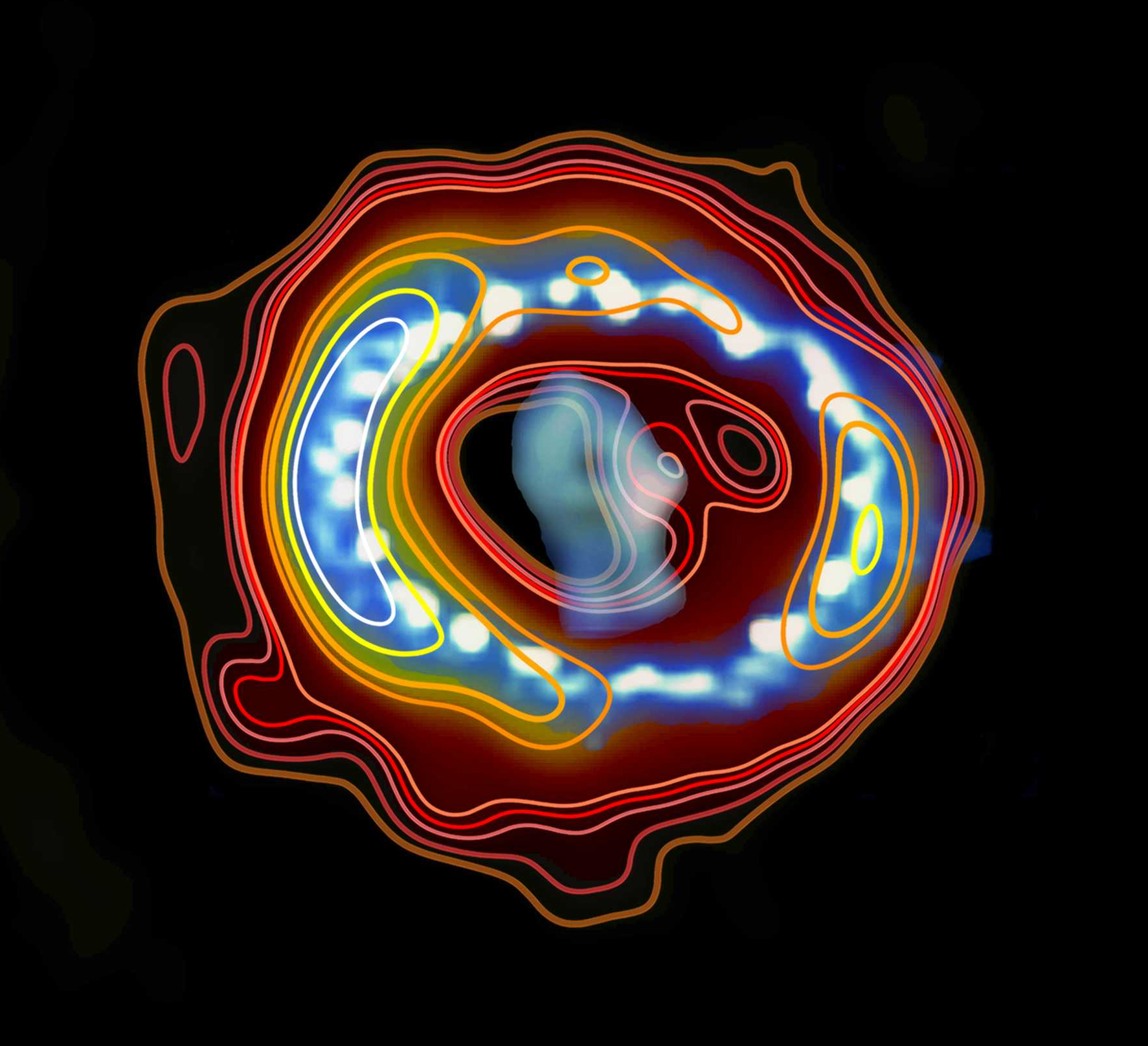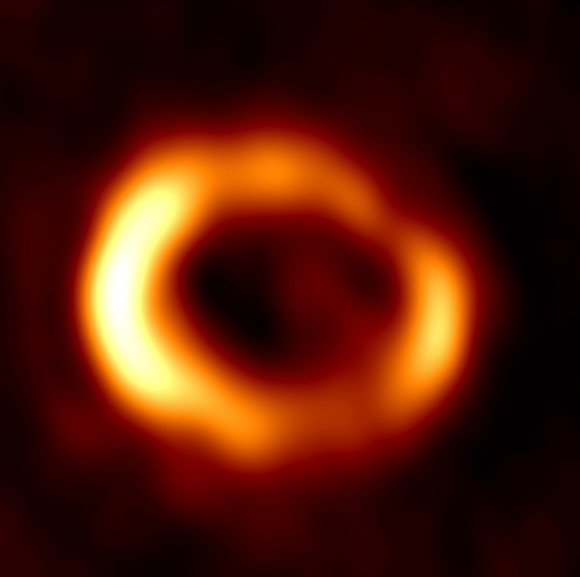
February 23-24, 1987. When Supernova 1987A first appeared in earthly skies – during the night of February 23-24, 1987 – astronomers were beside themselves with delight. It was the closest observed supernova since 1604. In this shining pinpoint in our sky, those fortunate to be in Earth’s Southern Hemisphere (in whose sky the supernova appeared) could see the death throes of a giant star. The new star remained visible to the eye for many months. It has been studied by astronomers for decades since. Follow the links below to learn more about Supernova 1987A.

Closest supernova since 1604. Supernova 1987A was the brightest supernova seen from Earth in the four centuries since the telescope was invented. The explosion occurred 160,000 years ago, on the outskirts of the Tarantula Nebula in the Large Magellanic Cloud – a nearby dwarf galaxy. The light of the explosion – traveling at 186,000 miles per second (300 million meters per second) – finally reached Earth on February 23-24, 1987.
Supernova 1987A could be seen from Earth’s Southern Hemisphere. Its brightness peaked in May, 1987 when it appeared as a moderately bright star in our sky. Afterwards, it slowly declined in brightness.
It was the first opportunity for modern astronomers to see a supernova up close. Observations since then of Supernova 1987A have provided much insight into these fascinating objects.
The word nova means new star. Early astronomers like Johannes Kepler thought he was witnessing the birth of a new star when he first saw the supernova that now bears his name – Kepler’s Star – in 1604. That was the last nearby supernova, and it was before the invention of telescopes. Today, of course, we know we’re not watching the birth of a star, but the death of one.
Enjoying EarthSky so far? Sign up for our free daily newsletter today!

What was Supernova 1987A? A Type II supernova like Supernova 1987A is a violent stellar event, caused by the explosion and subsequent collapse of a star. In this case, the progenitor – the star that exploded so spectacularly – was Sanduleak -69° 202, a blue supergiant. At the time, this was a surprise for a Type II supernova; astronomers expected a red supergiant, not a blue one. Now, however, it’s now accepted that blue supergiants are a normal progenitor for some supernovae.
So Supernova 1987A appears to be a core-collapse supernova. That is, as the star exploded, the core of the star should have collapsed. Given the size of the original star, astronomers would have expected a neutron star to form. Neutrino emissions from the supernova event indicate that a compact object did form at the star’s core. To this day, though, although astronomers have searched for the neutron star left behind by the supernova, no neutron star has been found.

Why care about supernovae? There are some good reasons!
1. We are made of stardust. When you hear this common phrase, you know that astronomers today believe that a large fraction of the atoms in our bodies were forged inside stars. Supernovae are the mechanism by which the atoms created in stars – the same atoms that make up our bodies and all that we know – are released into space.
2. High-energy radiation and how life evolves. Astronomers belive that supernova explosions flood our Milky Way galaxy with high-energy radiation that probably contributed to the radiation background that produces mutation and drives the evolution of life on Earth.
3. A cosmic trigger to our local solar system. There is intriguing evidence that a supernova triggered the formation of our own solar system – our sun, Earth and the other planets near us in space – five billion years ago.
For all these reasons and more, astronomers want to know what makes supernovae explode, and what happens after they do.

Bottom line: 30th anniversary of appearance of Supernova 1987A in Earth’s skies.











